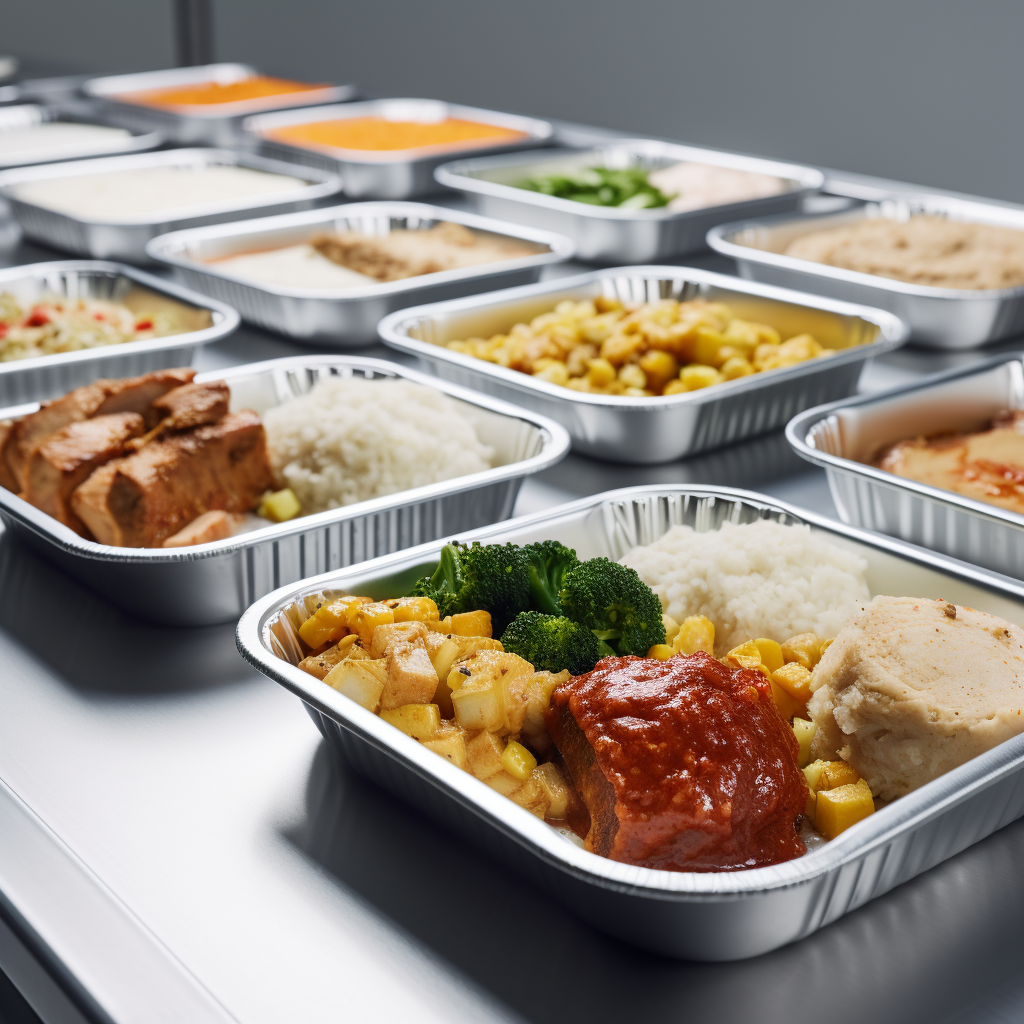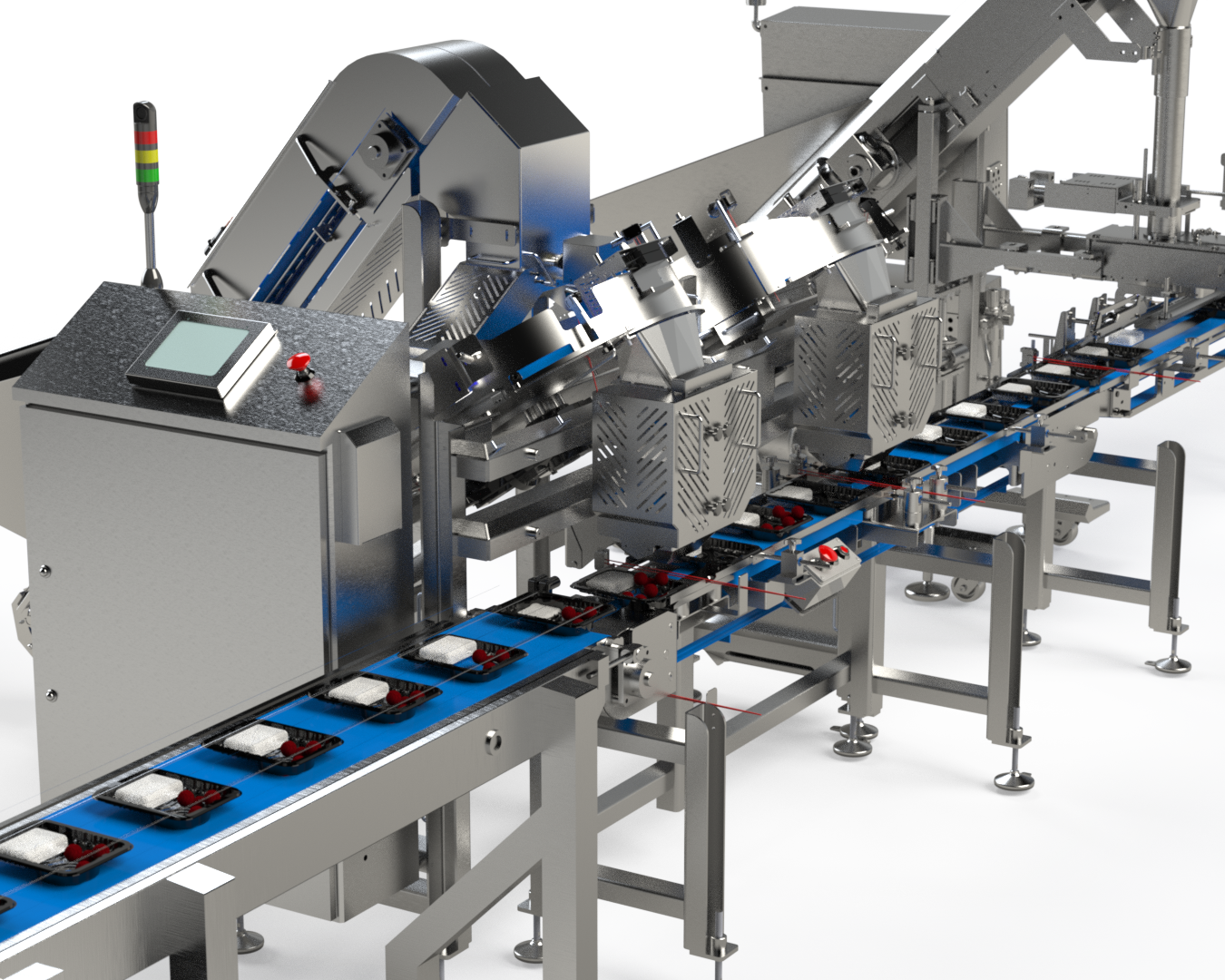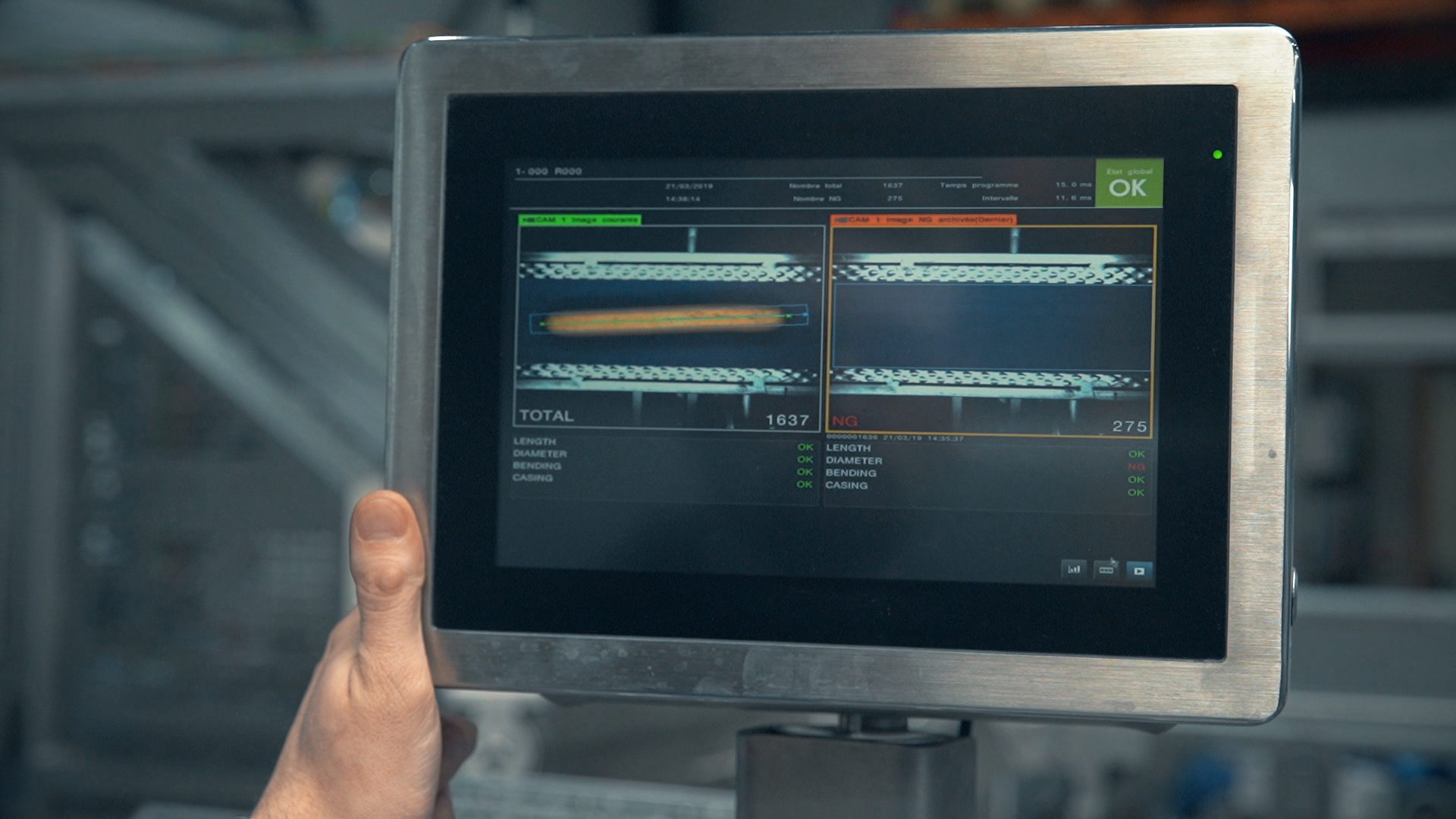How to Choose the Perfect Filling Machine
Are you new to the food packaging business and need to choose a filling machine? Has your e-commerce business grown so much you need to fill orders faster? According to research, US food and beverage e-commerce sales will approach $80 billion in 2022, impacting the packaging industry as well.
Multi-Fill specializes in
volumetric fillers and has thirty years of experience in the packaging industry. Through the years, we built up an extensive group of contacts, and since we were also new in the industry once, we understand the challenges and are willing to help entrepreneurs new to the business where we can. Do you want to know if you can use your product in our fillers? If it is not on our list, we are happy to test it on machines at our facility and send you the statistical analysis free of charge.
Let’s find out what you should consider when choosing the perfect filling machine for your business.
Your Product Details
There are different types of filling machinery for different product types. What kind of product do you sell through your business? Is it dried organic snacks, fizzy flavored water, or sticky rice, meat, and seafood dishes for the consumer of prepared foods?
If you are in the beverage market, you will need a liquid filling machine. There are many types of liquid filling machines, and if your budget is limited at the moment, it might be best to use the manual liquid filling machine. Other options include semi-automatic, automatic, inline, rotary, and piston liquid filling machines.
Are you focusing on the prepared foods customer? Sticky rice is what led to the invention of our machines. Multi-Fill volumetric fillers are easy to use, need minimal training, and integrate well into virtually all existing lines. It is also easy to clean as food safety is non-negotiable in the industry.
Your Container
What container do you intend to use for your product? For fizzy flavored water in bottles, a liquid filling machine is sufficient as it dispenses the precise volume of liquid-based product. It is not only a machine to fill bottles but also cartons, cans, and cups.
Multi-Fill
volumetric filling machines can fill foods that are often seen as difficult to package. Do you sell spaghetti in bowls, fried rice in a folded paper take-out container, or shredded meat in plastic trays? All these containers can be used with our fillers.
Ever wondered how those spouted food pouches for babies or camping are filled? One option is semi-automatic, where an operator puts a pouch on the machine collar, the machine fills it, and the operator places a cap on the spout, which the machine tightens.
Level of Automation
Do you need an automatic or semi-automatic filling machine? If you are starting out and your budget is limited, it is good to know how you can upgrade in future. Automatic filling machines are used by big companies with high-production requirements.
Human contact is limited to monitoring the machine and packaging line when it is running. Also, to check that settings are correct, adjust the conveyors, fill heads and other components if necessary. There is less opportunity for contamination, it saves on labor costs, and products move through faster.
Semi-automatic fillers are more time consuming as an operator must place containers under fill nozzles and then transfer them to the next part of the packaging phase or replenish the product. It takes longer, and contamination opportunities increase.
Multi-Fill is an expert in volumetric food filling systems, but with more than thirty years in the industry, we know most of the food filling systems. We can work with you to cooperate with other factory line machines and coordinate the parts to make the line work smoothly. If you are new in the business and need to choose a filling machine,
contact Multi-Fill today.
Designing a food filling line: Product is king



Stay in Touch
Product news, tips, subscribe to our newsletter:
Contact Us
We will get back to you as soon as possible.
Please try again later.














